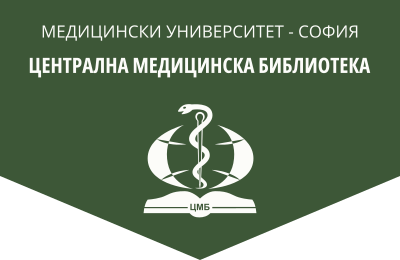Hematological ratios as prognostic markers in ischemic stroke
Medical Review (Med. pregled), 2023, 59(4), 43-49.
ET. Popovska1,2, R. Kalpachki2, D. Svinarov3,4, M. Velizarova3,4
1 Department of Clinical Laboratory, UMHAT „Sv. Anna“ – Sofia
2 Center for Treatment of Stroke, UMHAT „Sv. Anna“ – Sofia
3 Central Clinical Laboratory, UMHAT „Alexandrovska“– Sofia
4 Department of Clinical Laboratory, Medical University – Sofia
Abstract. Cardiovascular and cerebrovascular diseases are of the greatest medico-social importance in the modern world. Understanding the benefits of timely reperfusion led to the introduction of thrombolytic therapy into the modern treatment of ischemic stroke. However, the scientific community still faces the challenge of searching for independent or complementary biomarkers assessing the course and prognosis of the disease. The purpose of the present study was to establish the prognostic value of rapid and readily available hematological (neutrophils/leukocytes; platelets/neutrophils; platelets/leukocytes) and coagulation ratios (D-dimer/fibrinogen) for the short-term outcome of the disease in patients with acute ischemic stroke. Materials and methods: The current clinical-epidemiological study included 126 patients with acute ischemic stroke, admitted to the Center for Treatment of Stroke of University Hospital „Sv. Anna“ – Sofia, in the period January 2021 – March 2021. The average age of the patient cohort was 72.75 ± 10.74 years, 71 of them (56.3%) were men and 55 (43.7%) women. The severity of the stroke was assessed with the National Institutes of Health Stroke Scale, and for poor outcome we accepted a severe functional deficit at the end of the hospital stay, assessed with NIHSS ≥ 15 points, and for good outcome – NIHSS ≤ 14 points. In all patients, the following were examined: leukocyte count (LC), neutrophil count (NC), platelet count (PC), fibrinogen and D-dimer (DD) concentrations. We calculated the neutrophil/leukocyte, platelet/neutrophil, platelet/leukocyte and D-dimer/fibrinogen ratios and evaluated them for each good and poor disease outcome. Results: Our study showed that the treatment outcomes in patients treated without thrombolysis is significantly dependent on NC values (p = 0.039). PLR (p = 0.028) and DFR (p < 0.001) were significantly different between patients with a good and poor outcome, while in that with thrombolysis – only with DFR (p = 0.033). The established threshold values of the validation criteria show the following indicators as the best predictors of poor disease outcome: DFR (NPV = 93%), NLR (NPV = 88%) and PNR (NPV = 82%). The comparative analysis of the two methods showed a significant difference in NLR and DFR. For NLR, patients treated without thrombolysis had a higher mean value (p = 0.006), while for DFR – those treated with thrombolysis (p = 0.019). Conclusions: Our study shows that rapid and readily available hematological (NLR, PNR, PLR) and coagulation ratios (DFR) could be additional markers for management of the treatment process and prediction of short-term disease outcome.
Key words: ischemic stroke, hematological ratios, NLR, PNR, PLR, DFR
Address for correspondence: Tatyana Popovska MD, Center for Treatment of Stroke, UMHAT „Sv. Anna“, 1 Dimitar Mollov St., Bg – 1750 Sofia, tel. +359 879 885 464, e-mail: tpopovska@abv.bg
